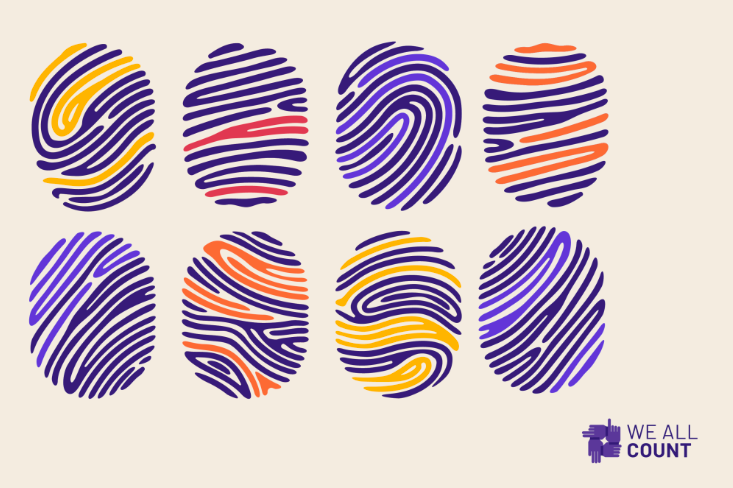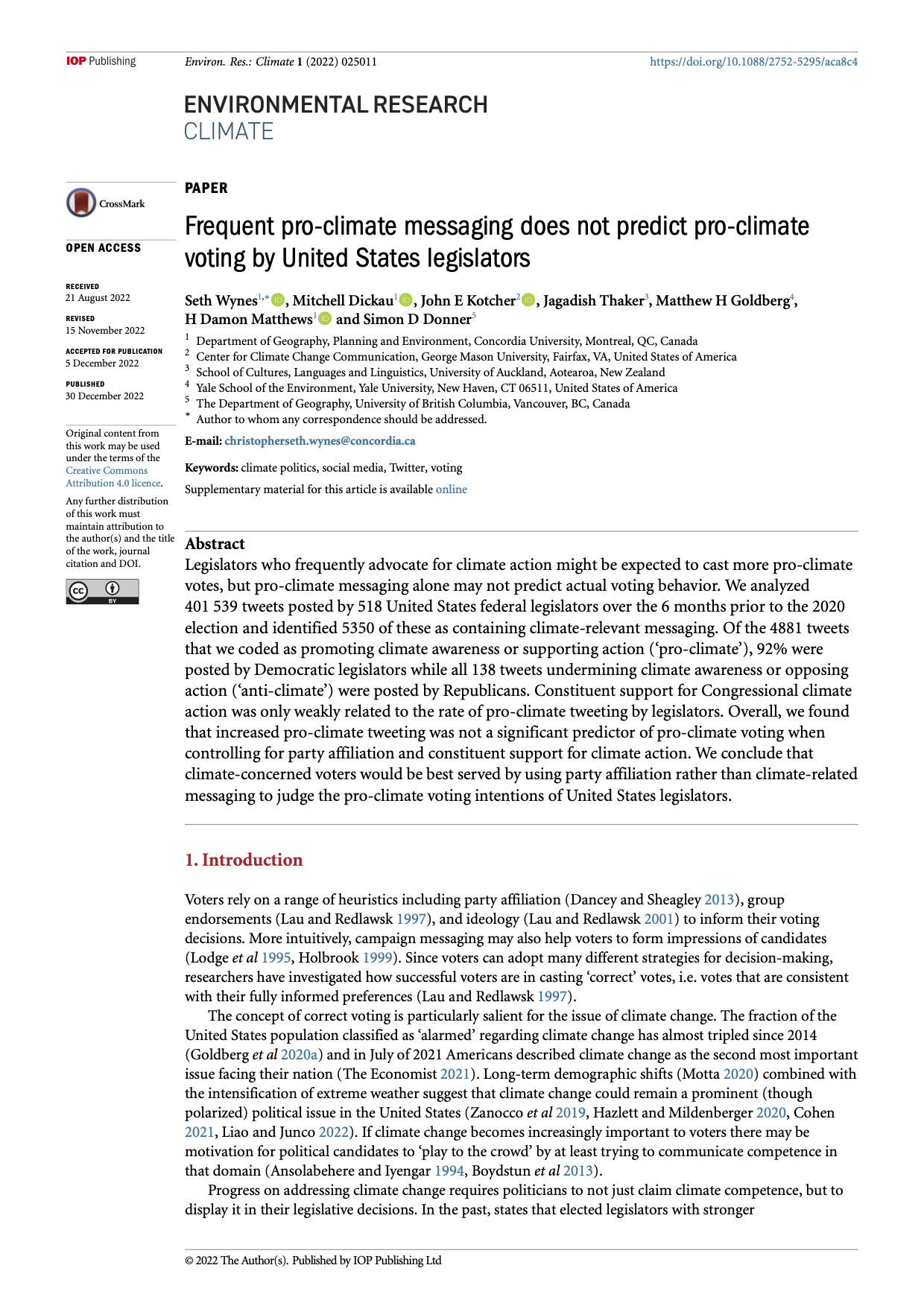Resources
Search below for resources covering the intersection of climate engagement, social science and data analytics.
RESULTS
State Voices Tools & Tech Guide
Getting wins increasingly depends on engaging voters online, using digital advocacy and engagement tools, platforms, and vendor services. Since 2019, State Voices has demo-d over 50 tools for functions such as relational organizing, phone dialing, and online fundraising, and distilled this information into a guide to help progressive organizations navigate a complex digital space and find tools to meet their needs. In this guide, you will find an overview of each tool, including pros and cons, and cost and technical support information, as well as a breakdown of State Voices favorites.
Leading Groups Online
This is a basic introduction to effectively leading online meetings and events. This focuses on techniques you can use with any platform (Zoom, jitsi, Google Hangouts, conference calls, GoToMeetings, Blackboard Collaborate, etc) and tries to be tech neutral to reach the widest audience. Some suggestions include: take a good hard look at your curriculum or goals and expect to do much, much less; use this precious space to make connection—in the face of social distance, these may be some of the rare times people will be connected to their peers and friends; give yourself a break—you being uptight or mentally exhausted will do no good for those you are leading online. Some other pieces of advice include: there are plenty of things you can’t do online; people don’t do their best learning while under stress; and you have your own learning curve to teach on a new electronic platform.
Climate Advocacy Lab: What We DO
The Climate Advocacy Lab has become the center of gravity for data, research, and sharing what works (and doesn't) in climate and clean energy advocacy and campaigning in the US.
Tipsheet: Peer-to-peer (P2P) texting
The Lab is committed to acting based on evidence. Before you begin your own P2P texting campaign, make sure you cover these basics...
- Determine your goal
- Find your platform
- Identify your audience
- And more!
An Introduction to the Data Biography
Building a data biography is an essential step along the path to equity in data science. A data biography is a comprehensive background of the conception, birth and life of any dataset. It’s not ethical to use a dataset without spending time getting a very good understanding of what the data means. This resource argues that this is not just an ethics issue but also an equity issue. For example, datasets are being used to calculate population-level rates sometimes do not include large portions of that population, and the people that are most often excluded are the most vulnerable or marginalized. We All Count has developed two versions of the data biography: a short version and a comprehensive version. The short version of the data biography is the basics. It consists of five core questions: WHO: Who collected the data? Who owns the data? HOW: The methods behind the data collection design and process? WHERE: In what locations was the data collected? Where is the data stored? WHY: For what purpose was the data collected? WHEN: When was the data collected? We All Count is also developing a much more detailed data biography tool.
M+R Benchmarks Study
While nonprofit groups' email lists expanded by 11% in 2017 (and by 13% on Facebook, 15% on Twitter and 44% on Instagram), open rates and response rates for advocacy emails shrank by 1% and 2.2% respectively. Visits to nonprofit groups' websites via mobile devices rose 9% in 2017, and accounted for 40% of the overall visits to those sites.
What They See Matters
Guide features visual communication recommendations based on audience research and tips for testing images on your campaign. Five takeaways include: Use images your audience can recognize as local; Include elements that help your viewers relate personally -- like homes, activities, or people; With online action appeals or ads to new audiences, be careful of images that spark interests unrelated to your ask; Accompanying text can create impact, but the image comes first; and Juxtaposition can be effective.
Positive Messages about Growth and Climate Action Are Increasing
Overall number of positive, online messages about growth and climate action has increased by around 700% over the past 3 years. At the same time, negative social media commentary – suggesting for example that climate action is too costly – decreased by almost 15%, according to analysis of English-language posts from Twitter, Facebook, blogs, and online forums.

Frequent pro-climate messaging does not predict pro-climate voting by United States legislators
Tweets are not a good way to judge elected leader's climate actions: the frequency with which Congresspeople tweet on climate is only weakly linked to their constituents’ opinions, and not linked to their climate voting record at all. In an analysis of US members of Congress over the 6 months prior to the 2020 election, constituent support for Congressional climate action was only weakly related to the rate of pro-climate tweeting by legislators.
Pagination
- Previous page
- Page 3


